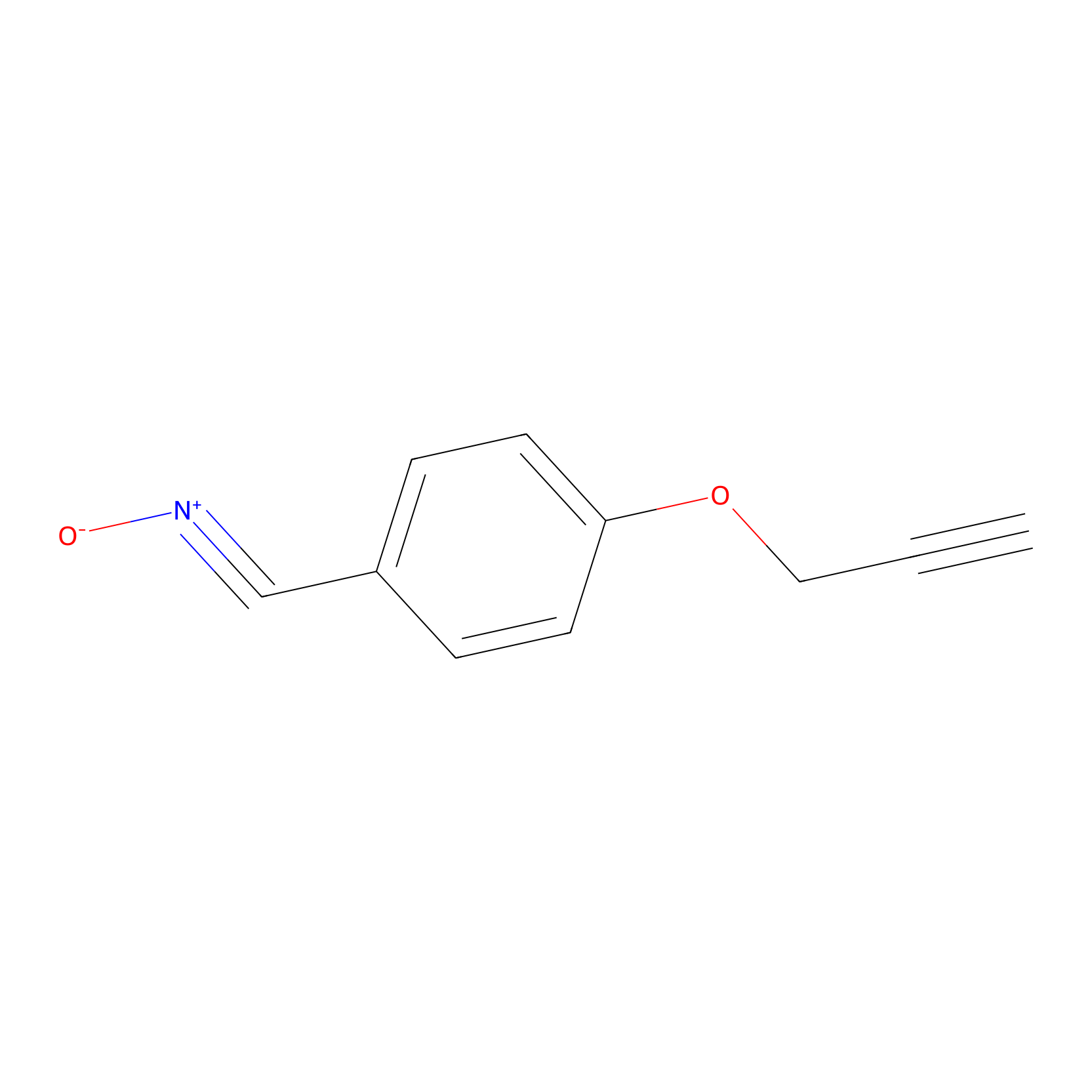Details of the Target
General Information of Target
| Target ID | LDTP10042 | |||||
|---|---|---|---|---|---|---|
| Target Name | Protein TMEPAI (PMEPA1) | |||||
| Gene Name | PMEPA1 | |||||
| Gene ID | 56937 | |||||
| Synonyms |
STAG1; TMEPAI; Protein TMEPAI; Prostate transmembrane protein androgen induced 1; Solid tumor-associated 1 protein; Transmembrane prostate androgen-induced protein |
|||||
| 3D Structure | ||||||
| Sequence |
MRGQRSLLLGPARLCLRLLLLLGYRRRCPPLLRGLVQRWRYGKVCLRSLLYNSFGGSDTA
VDAAFEPVYWLVDNVIRWFGVVFVVLVIVLTGSIVAIAYLCVLPLILRTYSVPRLCWHFF YSHWNLILIVFHYYQAITTPPGYPPQGRNDIATVSICKKCIYPKPARTHHCSICNRCVLK MDHHCPWLNNCVGHYNHRYFFSFCFFMTLGCVYCSYGSWDLFREAYAAIEKMKQLDKNKL QAVANQTYHQTPPPTFSFRERMTHKSLVYLWFLCSSVALALGALTVWHAVLISRGETSIE RHINKKERRRLQAKGRVFRNPYNYGCLDNWKVFLGVDTGRHWLTRVLLPSSHLPHGNGMS WEPPPWVTAHSASVMAV |
|||||
| Target Bioclass |
Other
|
|||||
| Family |
PMEPA1 family
|
|||||
| Subcellular location |
Early endosome membrane
|
|||||
| Function |
Functions as a negative regulator of TGF-beta signaling and thereby probably plays a role in cell proliferation, differentiation, apoptosis, motility, extracellular matrix production and immunosuppression. In the canonical TGF-beta pathway, ZFYVE9/SARA recruits the intracellular signal transducer and transcriptional modulators SMAD2 and SMAD3 to the TGF-beta receptor. Phosphorylated by the receptor, SMAD2 and SMAD3 then form a heteromeric complex with SMAD4 that translocates to the nucleus to regulate transcription. Through interaction with SMAD2 and SMAD3, LDLRAD4 may compete with ZFYVE9 and SMAD4 and prevent propagation of the intracellular signal. Also involved in down-regulation of the androgen receptor (AR), enhancing ubiquitination and proteasome-mediated degradation of AR, probably by recruiting NEDD4.
|
|||||
| Uniprot ID | ||||||
| Ensemble ID | ||||||
| HGNC ID | ||||||
Target Site Mutations in Different Cell Lines
Probe(s) Labeling This Target
ABPP Probe
| Probe name | Structure | Binding Site(Ratio) | Interaction ID | Ref | |
|---|---|---|---|---|---|
|
DBIA Probe Info |
 |
C206(0.95); C218(0.95) | LDD0078 | [1] | |
|
W1 Probe Info |
 |
Q126(0.62); R127(0.65) | LDD0239 | [2] | |
Competitor(s) Related to This Target
The Interaction Atlas With This Target
The Protein(s) Related To This Target
Enzyme
| Protein name | Family | Uniprot ID | |||
|---|---|---|---|---|---|
| Ubiquitin thioesterase OTUB2 (OTUB2) | Peptidase C65 family | Q96DC9 | |||
Other
| Protein name | Family | Uniprot ID | |||
|---|---|---|---|---|---|
| Small glutamine-rich tetratricopeptide repeat-containing protein alpha (SGTA) | SGT family | O43765 | |||
| Ubiquilin-2 (UBQLN2) | . | Q9UHD9 | |||
References
